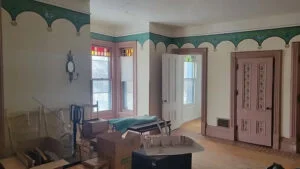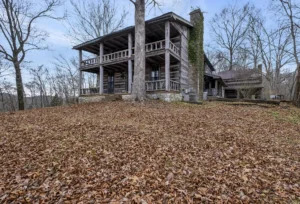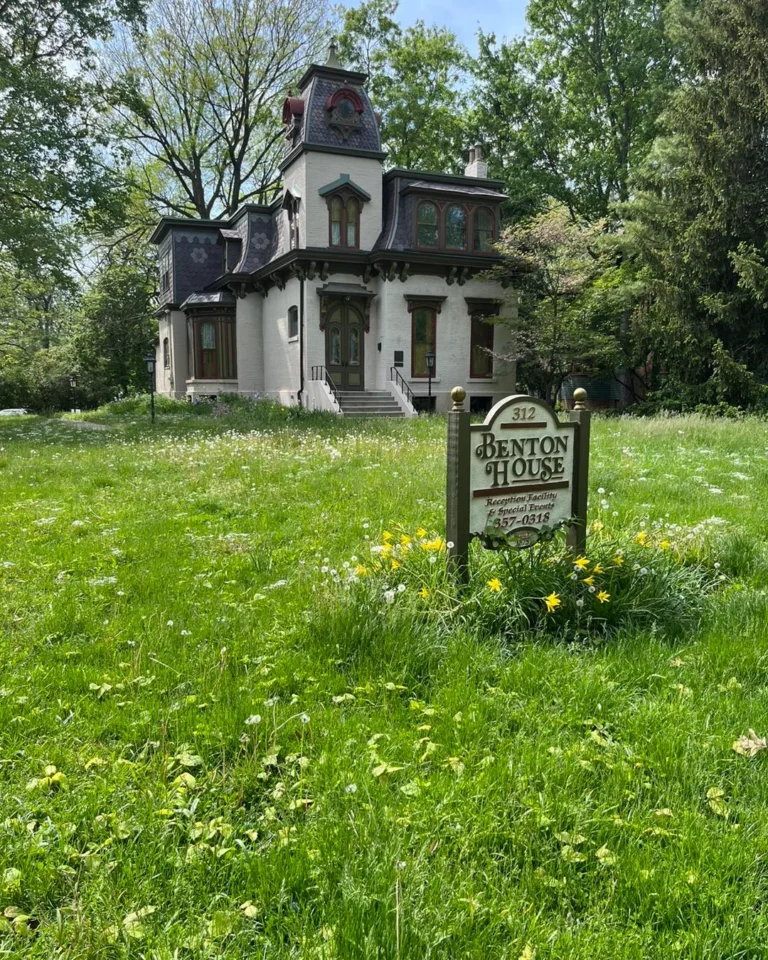Gambrill’s Home, America’s Heritage
The Story of Gambrill House
Nestled amid the rolling hills near Frederick, Maryland, within the boundaries of the Monocacy National Battlefield, stands an elegant 19th-century home known today as the Gambrill House.
Also called Boscobel House and later Edgewood, this stately residence is more than just a beautiful example of Victorian architecture — it is a monument to ambition, prosperity, and the shifting tides of fortune that marked the industrial age in America.
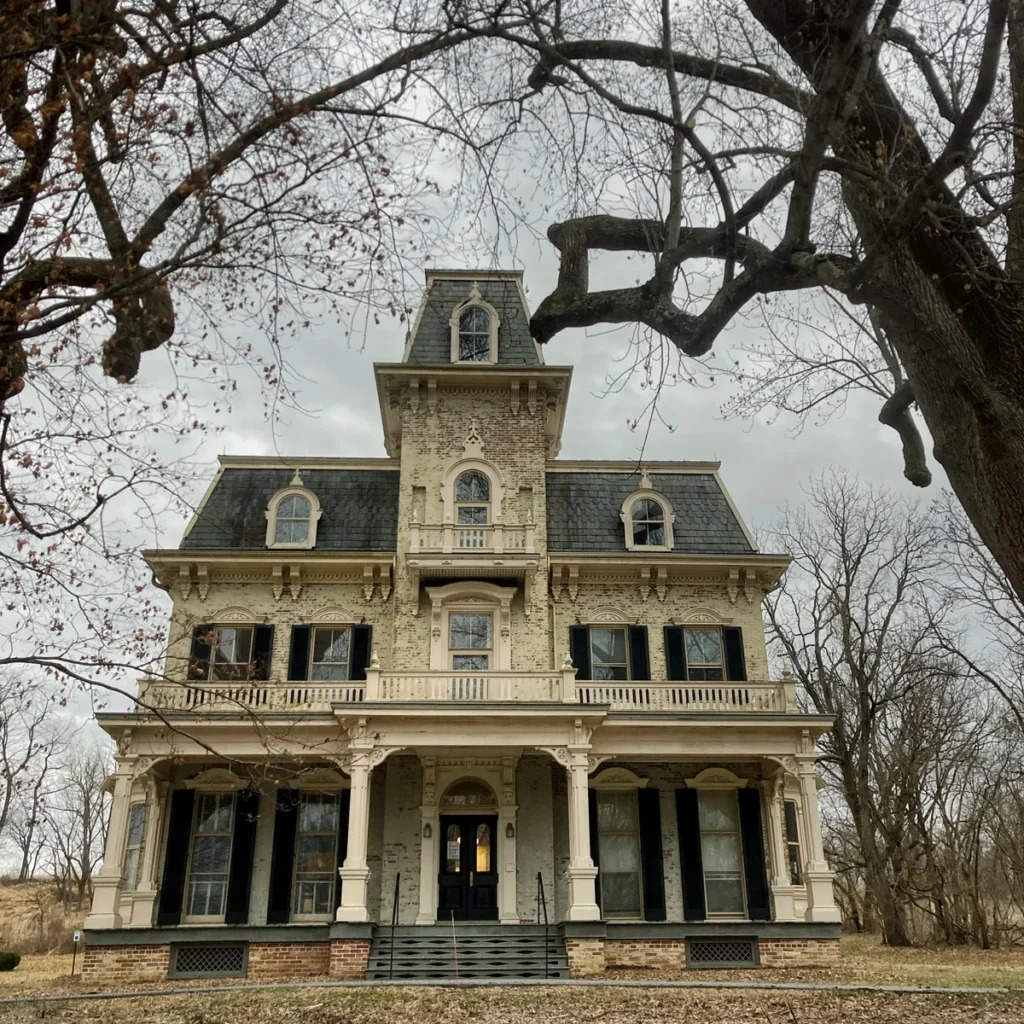
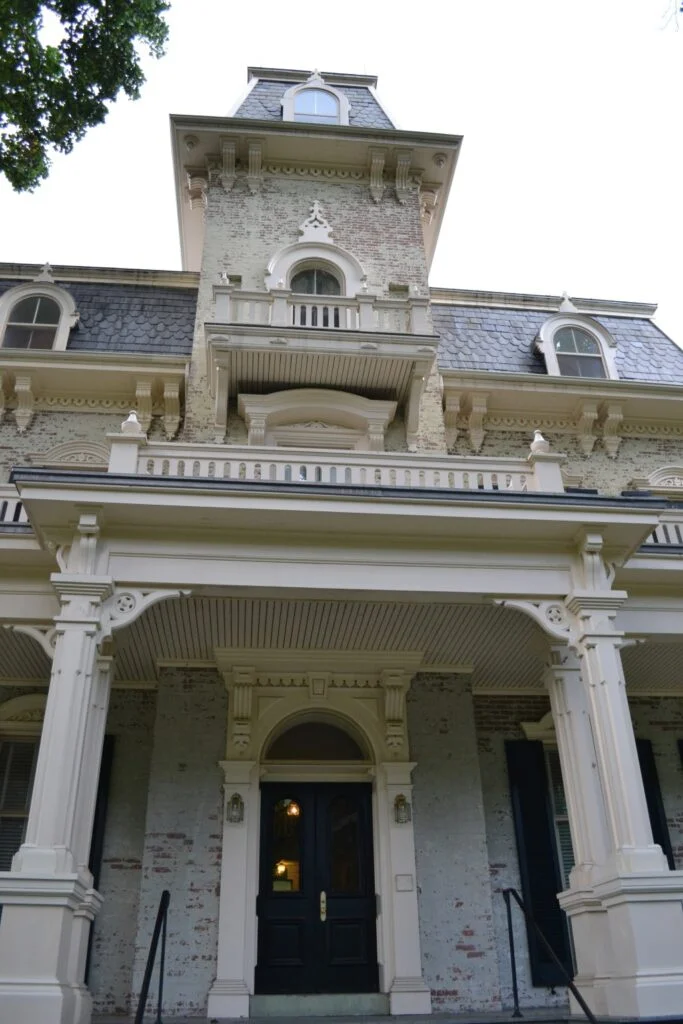
The story begins with James H. Gambrill, a successful businessman and mill owner in Frederick County during the latter half of the 1800s. Gambrill was the proprietor of both the Araby Mill, located just across the Monocacy River, and the prominent Frederick City Mill.
A man of considerable enterprise, Gambrill’s work in the milling industry brought him wealth and status, allowing him to envision and eventually construct a home that would reflect his prosperity and taste.
In the 1870s, the house took shape a grand, three-story brick mansion designed in the Second Empire style, popular during that era. With its ornate slate mansard roof, decorative brackets, and tall windows, the Gambrill House stood out as one of the most luxurious residences in the region.
Gambrill spared no expense in outfitting his new home with the latest amenities and finest materials available. It was a marvel of modern innovation for its time.
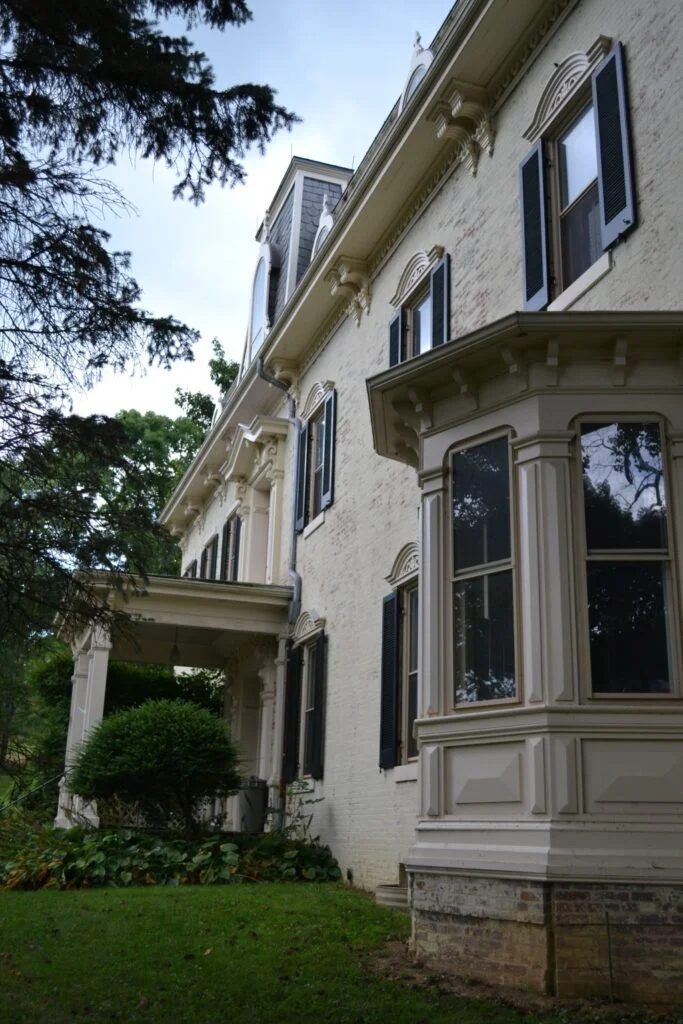
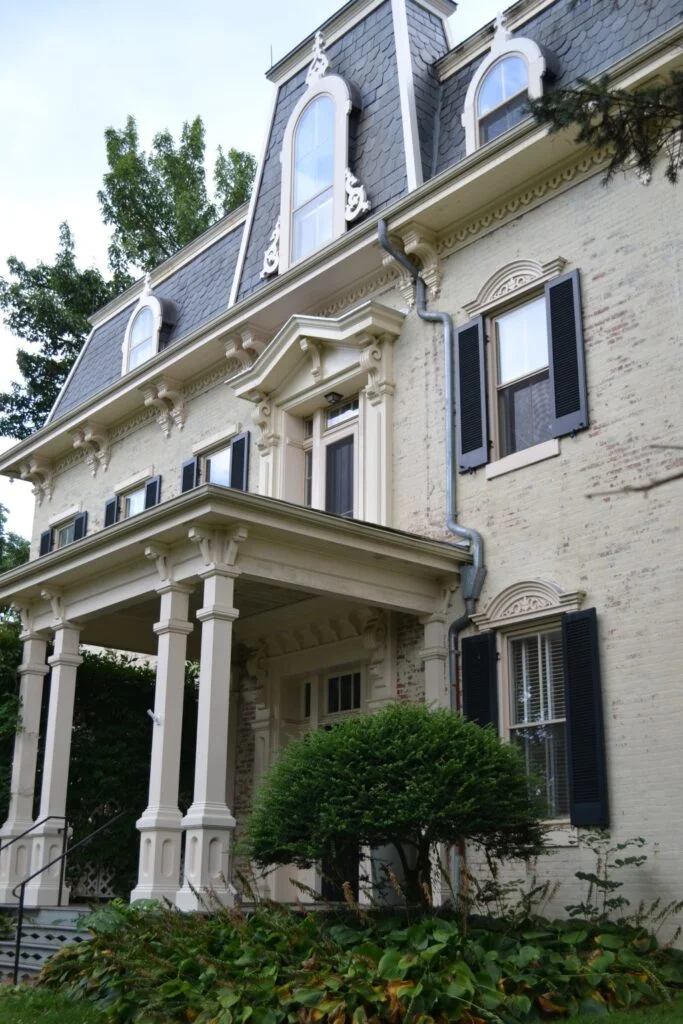
INSIDE PHOTOS:
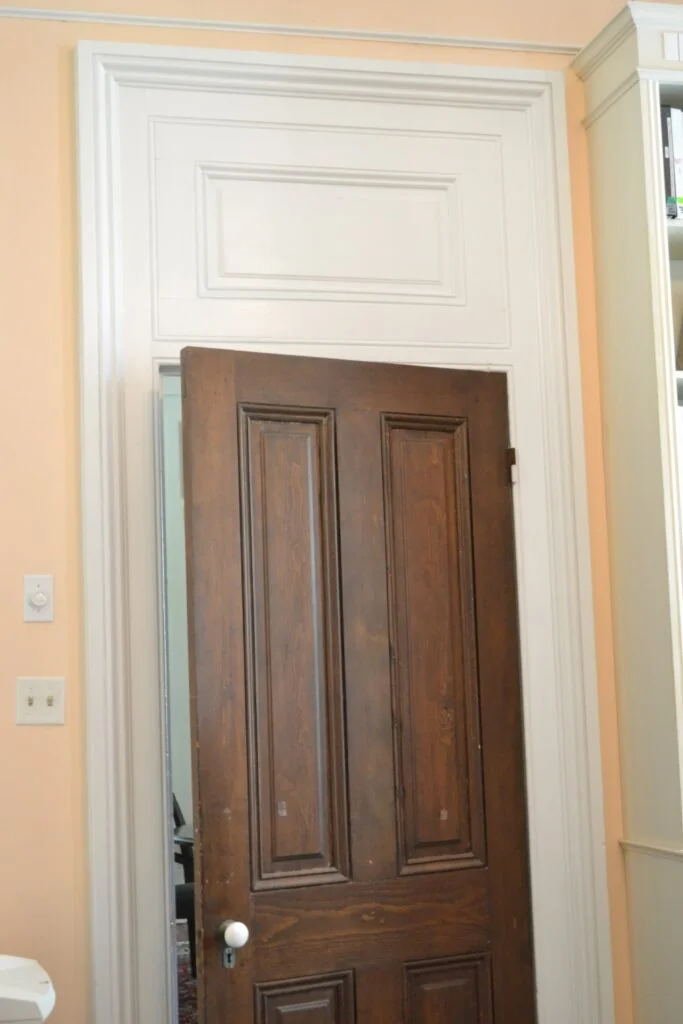
Beautifully paneled, solid wood doors throughout the interior. I love the transom detailing above
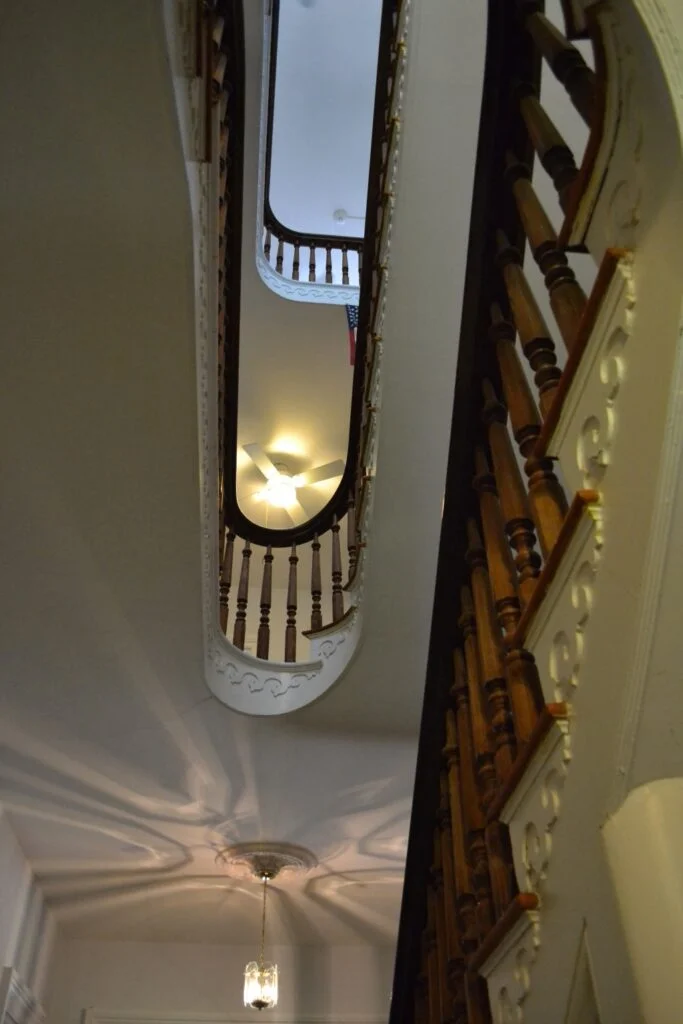
Extraordinary, three-full story, winding stairway.
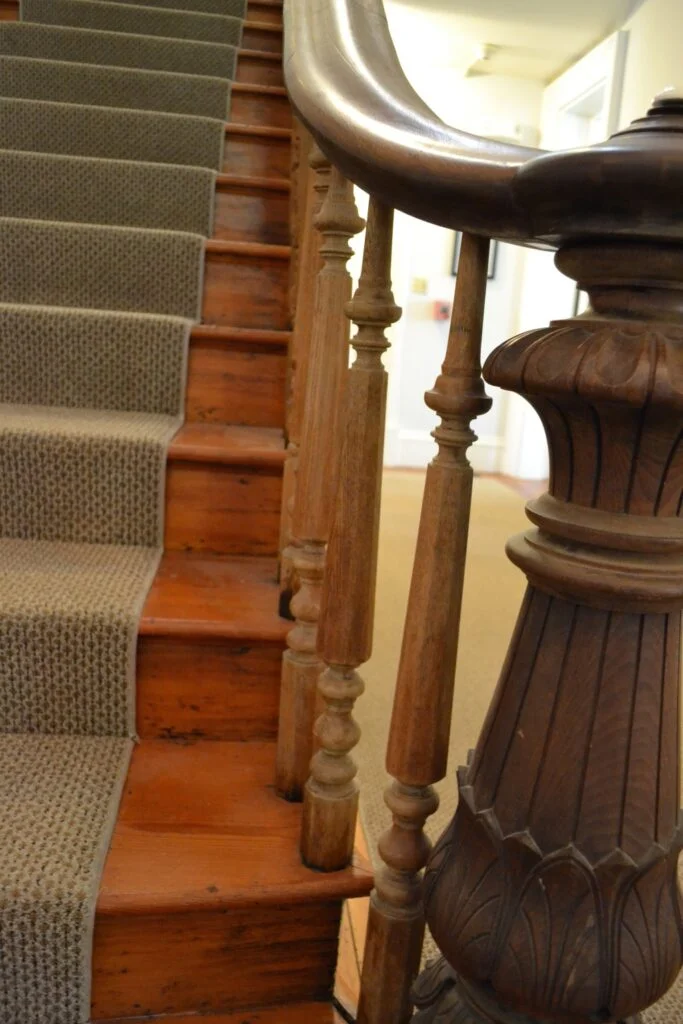
The solid wood newel post and ballisters.
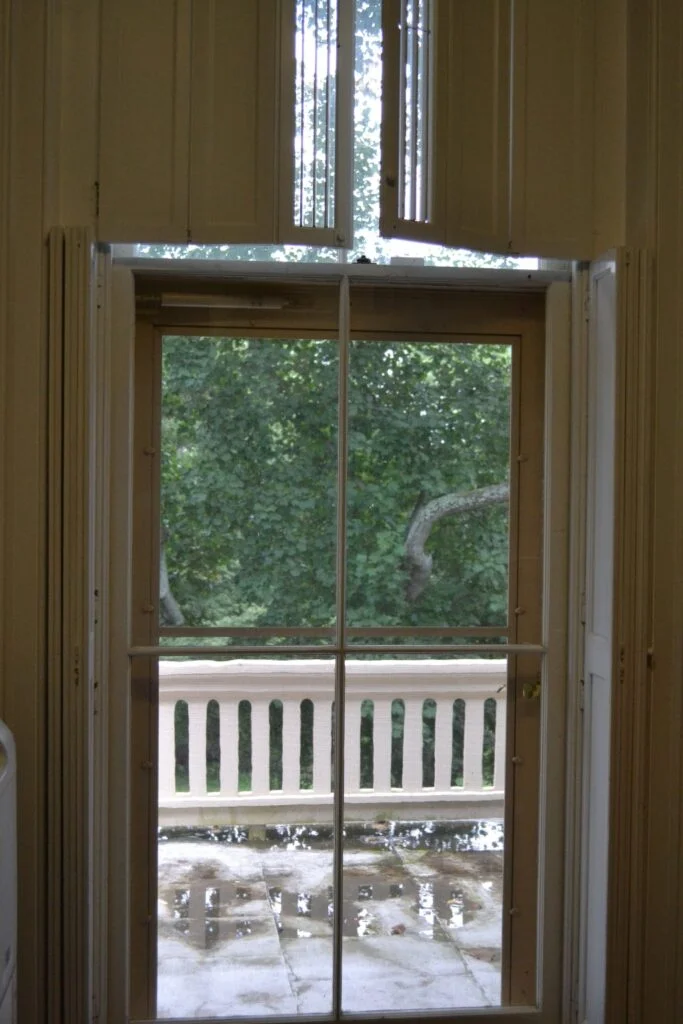
Access from the second floor front hall to the upper balcony.

Exceptional detailing even in the back, servants’ stairway

The large doors separating the owners’ suite. These doors appear to swing open, rather than slide as pocket doors.
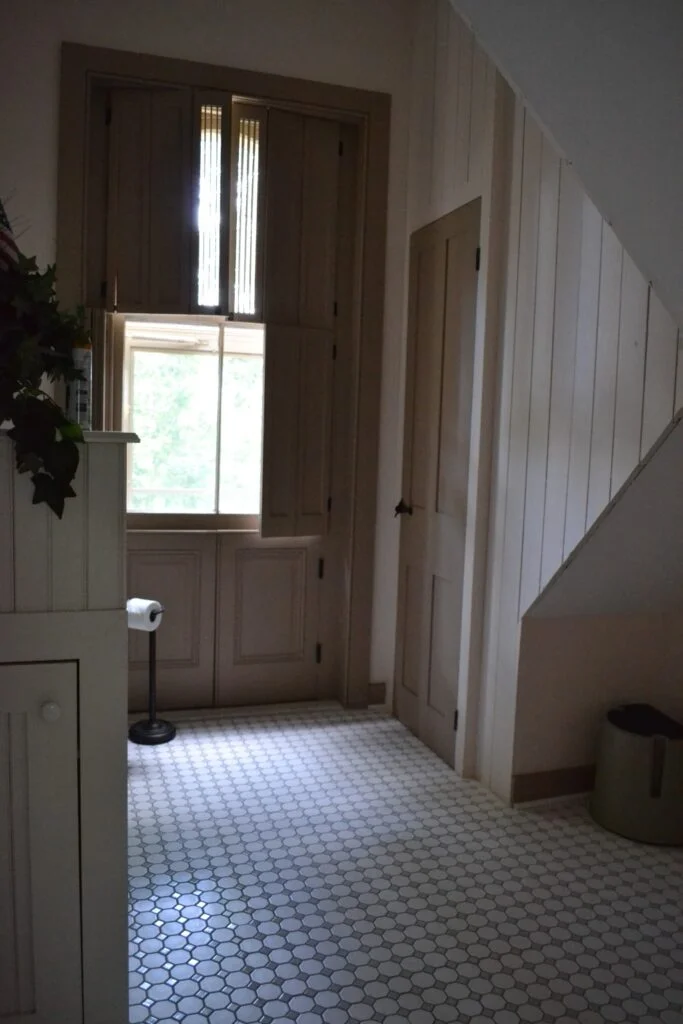
The third-floor bathroom, with its little door accessing the cupo
The interior featured imported Italian marble fireplaces, finely crafted woodwork, and elegant gaslight fixtures. Remarkably, the house was equipped with both hot and cold running water — a rare luxury at the time — and heated by a coal-burning furnace that helped to keep the family warm during the cold Maryland winters.
The combination of beauty and technological sophistication made the Gambrill House a symbol of modern living and progress. Gambrill and his family enjoyed many good years in their new home.
The surrounding landscape was peaceful, and the proximity to both the mills and the town of Frederick made it an ideal place to live and entertain. From the upper floors, the family could look out across the verdant fields and the meandering Monocacy River, a tranquil scene that belied the hardships to come.
Despite his initial success, the later years of James Gambrill’s life were marked by financial decline. The changing economy and increasing competition in the milling industry began to take their toll.
By 1893, burdened by debt and unable to maintain his businesses, Gambrill was forced to give up both the mills and the house that had once symbolized his triumph. It was a personal and economic blow from which he never fully recovered. After passing out of the Gambrill family’s hands, the house went through several owners and uses over the decades.
Though it remained a notable property in the area, time and neglect began to take their toll on the once-grand estate. The house that had once embodied innovation and elegance was now a fading memory of a bygone era.
However, in 1983, a new chapter began when the National Park Service acquired the property as part of the Monocacy National Battlefield. Recognizing its historical and architectural value, the Park Service undertook efforts to restore and preserve the house. Two years later, in 1985, the Gambrill House was officially listed on the National Register of Historic Places, cementing its place in American heritage.
Today, the house serves an important purpose beyond historical preservation. It is the home of the National Park Service’s Historic Preservation Training Center — an organization dedicated to teaching traditional preservation skills and techniques. In this role, the Gambrill House has become more than just a monument to the past; it is an active site for learning and craftsmanship, where future generations of preservationists are trained to protect the architectural legacies of America.
